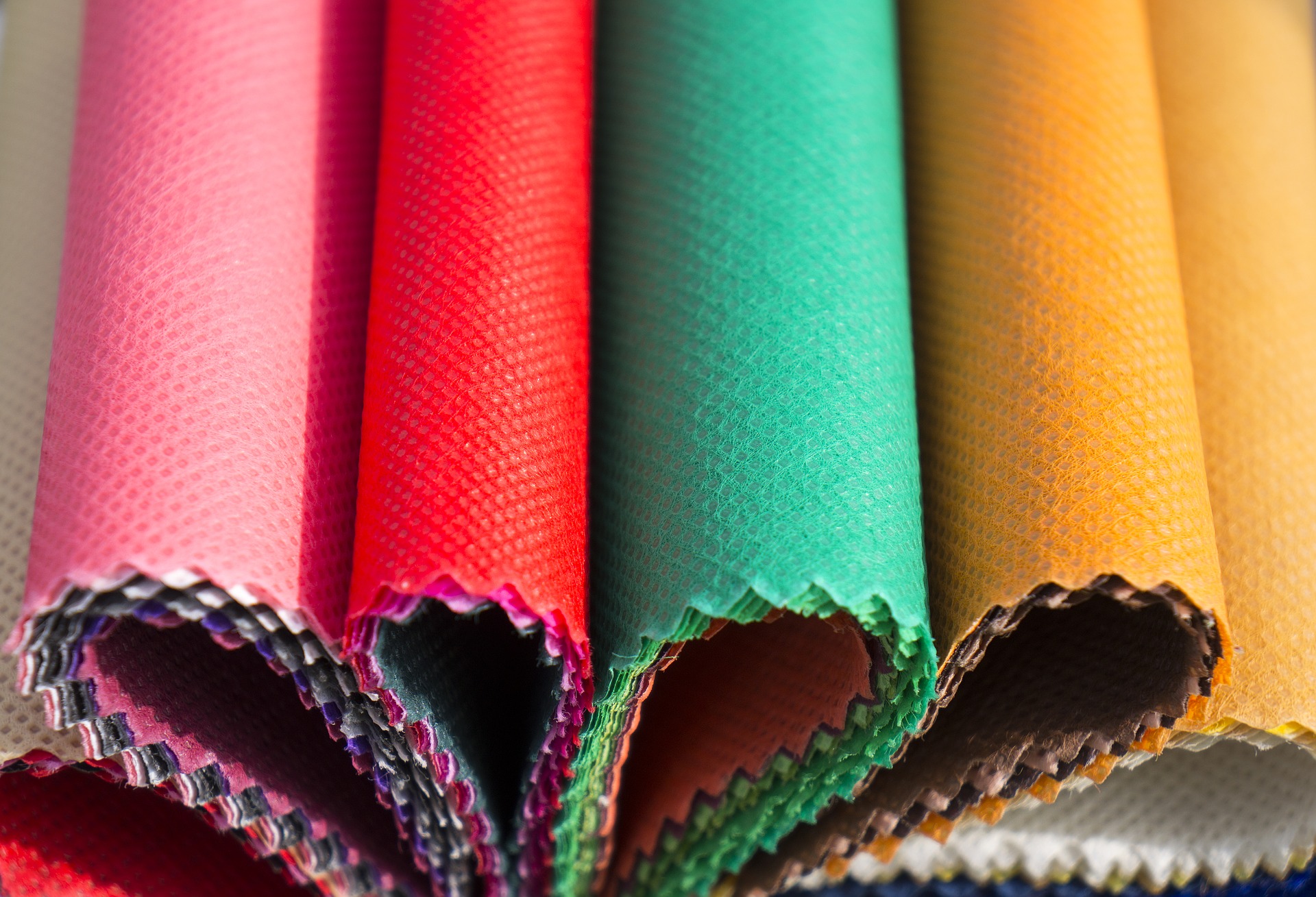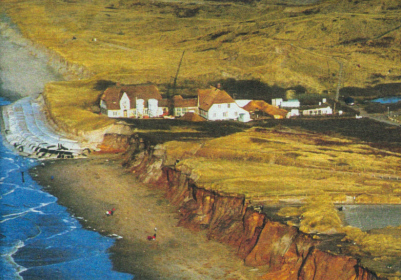|
Ortolo Reservoir
The Ortolo Reservoir (french: Réservoir de l'Ortolo) is a reservoir in the Corse-du-Sud department of France on the island of Corsica. Location The Ortolo reservoir is formed by a dam (''Barrage de l'Ortolo'') that impounds the Ortolo river. Other affluents are the Ruisseau de Latagu and the Ruisseau de Caraglia. The southwest end and the dam are in the commune of Sartène, while the bulk of the reservoir is in the commune of Levie. The reservoir is to the north of the Punta d'Ovace. File:Lac de l'Ortolo.jpg, The reservoir from the north shore. Cagna mountain in the background Dam The dam is owned by the ''Collectivité Territoriale de Corse'' and operated by the ''Office d’Equipement Hydraulique de Corse''. It is made of riprap. The dam is sealed by a thick asphalt-impregnated geomembrane, known as a bituminous geomembrane. It is faced with concrete slabs thick, reinforced with polypropylene fibers. There is a needled nonwoven polypropylene geotextile between the ... [...More Info...] [...Related Items...] OR: [Wikipedia] [Google] [Baidu] |
Corse-du-Sud
Corse-du-Sud (; co, link=no, Corsica suttana , or ; en, Southern Corsica) is (as of 2019) an administrative department of France, consisting of the southern part of the island of Corsica. The corresponding departmental territorial collectivity merged with that of Haute-Corse on 1 January 2018, forming the single territorial collectivity of Corsica, with territorial elections coinciding with the dissolution of the separate council. However, even though its administrative powers were ceded to the new territorial collectivity, it continues to remain an administrative department in its own right. In 2019, it had a population of 158,507.Populations légales 2019: 2A Corse-du-Sud INSEE History [...More Info...] [...Related Items...] OR: [Wikipedia] [Google] [Baidu] |
Sartène
Sartène (; co, Sartè ; it, Sartena or ) is a commune in the department of Corse-du-Sud on the island of Corsica, France. Its history dates back to medieval times and granite buildings from the early 16th century still line some of the streets. One of the main incidents in the town's history was an attack by pirates from Algiers in 1583, after which 400 people were taken away. These attacks continued into the 18th century. The town is centred on the Place de la Liberation (previously the Place Porta), at the edge of which is the church of Sainte Marie. The town allows good views across the valley. Sartène wine is appreciated by wine connoisseurs for its good quality. Sartène has given its name to one of the southern Corsican dialects a variety of which is the Gallurese spoken in North Sardinia. Geography Climate Sartène has a mediterranean climate (Köppen climate classification ''Csa''). The average annual temperature in Sartène is . The average annual rainfall is ... [...More Info...] [...Related Items...] OR: [Wikipedia] [Google] [Baidu] |
Levie
Levie ( co, Livìa) is a commune in the French department of Corse-du-Sud, collectivity of Corsica, France. Population See also *Communes of the Corse-du-Sud department An intentional community is a voluntary residential community which is designed to have a high degree of social cohesion and teamwork from the start. The members of an intentional community typically hold a common social, political, religious, ... References Communes of Corse-du-Sud Corse-du-Sud communes articles needing translation from French Wikipedia {{CorseSud-geo-stub ... [...More Info...] [...Related Items...] OR: [Wikipedia] [Google] [Baidu] |
Riprap
Riprap (in North American English), also known as rip rap, rip-rap, shot rock, rock armour (in British English) or rubble, is human-placed rock or other material used to protect shoreline structures against scour and water, wave, or ice erosion. Ripraps are used to armor shorelines, streambeds, bridge abutments, foundational infrastructure supports and other shoreline structures against erosion. Common rock types used include granite and modular concrete blocks. Rubble from building and paving demolition is sometimes used, as well as specifically designed structures called tetrapods. Riprap is also used underwater to cap immersed tubes sunken on the seabed to be joined into an undersea tunnel. Environmental effects Sediment effects Ripraps cause morphological changes in the riverbeds they surround. One such change is the reduction of sediment settlement in the river channel, which can lead to scouring of the river bed as well as coarser sediment particles. This can be combat ... [...More Info...] [...Related Items...] OR: [Wikipedia] [Google] [Baidu] |
Geomembrane
A geomembrane is very low permeability synthetic membrane liner or barrier used with any geotechnical engineering related material so as to control fluid (liquid or gas) migration in a human-made project, structure, or system. Geomembranes are made from relatively thin continuous polymeric sheets, but they can also be made from the impregnation of geotextiles with asphalt, elastomer or polymer sprays, or as multilayered bitumen geocomposites. Continuous polymer sheet geomembranes are, by far, the most common. Manufacturing The manufacturing of geomembranes begins with the production of the raw materials, which include the polymer resin, and various additives such as antioxidants, plasticizers, fillers, carbon black, and lubricants (as a processing aid). These raw materials (i.e., the "formulation") are then processed into sheets of various widths and thickness by extrusion, calendering, and/or spread coating. Geomembranes dominate the sales of geosynthetic products, at U ... [...More Info...] [...Related Items...] OR: [Wikipedia] [Google] [Baidu] |
Bituminous Geomembrane
Bituminous geomembrane (BGM) is a type of geomembrane consisting of a reinforcing geotextile to provide mechanical strength and elastomeric bitumen (often called asphalt in American English, U.S.) to provide impermeability. Other components such as sand, a glass fleece, and/or a polyester film can be incorporated into the layers of a BGM. Bituminous geomembranes are differentiated from bituminous waterproofing materials used in buildings due in part to their wide roll width, which can exceed 5m, and their substantial thickness of up to 6.0mm. These properties are designed for environmental protection, civil infrastructure, and mining applications. Properties History The earliest estimated use of bitumen dates back 40,000 years to the paleolithic age and bitumen#History, the historical use of bitumen as a waterproofing layer is extensive and well documented. Bitumen emulsion applied to polypropylene geotextiles was reported to have been used in a Navada heap leach mining ... [...More Info...] [...Related Items...] OR: [Wikipedia] [Google] [Baidu] |
Polypropylene
Polypropylene (PP), also known as polypropene, is a thermoplastic polymer used in a wide variety of applications. It is produced via chain-growth polymerization from the monomer propylene. Polypropylene belongs to the group of polyolefins and is partially crystalline and non-polar. Its properties are similar to polyethylene, but it is slightly harder and more heat-resistant. It is a white, mechanically rugged material and has a high chemical resistance. Bio-PP is the bio-based counterpart of polypropylene (PP). Polypropylene is the second-most widely produced commodity plastic (after polyethylene). In 2019, the global market for polypropylene was worth $126.03 billion. Revenues are expected to exceed US$145 billion by 2019. The sales of this material are forecast to grow at a rate of 5.8% per year until 2021. History Phillips Petroleum chemists J. Paul Hogan and Robert Banks first demonstrated the polymerization of propylene in 1951. The stereoselective polymerization t ... [...More Info...] [...Related Items...] OR: [Wikipedia] [Google] [Baidu] |
Nonwoven Fabric
Nonwoven fabric is a fabric-like material made from staple fibre (short) and long fibres (continuous long), bonded together by chemical, mechanical, heat or solvent treatment. The term is used in the textile manufacturing industry to denote fabrics, such as felt, which are neither woven nor knitted. Some non-woven materials lack sufficient strength unless densified or reinforced by a backing. In recent years, non-wovens have become an alternative to polyurethane foam. Applications Nonwoven fabrics are broadly defined as sheet or web structures bonded together by entangling fiber or filaments (and by perforating films) mechanically, thermally or chemically. They are flat or tufted porous sheets that are made directly from separate fibres, molten plastic or plastic film. They are not made by weaving or knitting and do not require converting the fibres to yarn. Typically, a certain percentage of recycled fabrics and oil-based materials are used in nonwoven fabrics. The percentage o ... [...More Info...] [...Related Items...] OR: [Wikipedia] [Google] [Baidu] |
Geotextile
Geotextiles are permeable fabrics which, when used in association with soil, have the ability to separate, filter, reinforce, protect, or drain. Typically made from polypropylene or polyester, geotextile fabrics come in two basic forms: woven (resembling mail bag sacking) and nonwoven (resembling felt). Geotextile composites have been introduced and products such as geogrids and meshes have been developed. Geotextiles are durable and are able to soften a fall. Overall, these materials are referred to as geosynthetics and each configuration—geonets, geosynthetic clay liners, geogrids, geotextile tubes, and others—can yield benefits in geotechnical and environmental engineering design. History Geotextiles were originally intended to be a substitute for granular soil filters. The original, and still sometimes used, term for geotextiles is ''filter fabrics''. Work originally began in the 1950s with R.J. Barrett using geotextiles behind precast concrete seawalls, under precast c ... [...More Info...] [...Related Items...] OR: [Wikipedia] [Google] [Baidu] |
List Of Waterbodies Of Corse-du-Sud
This list of waterbodies of Corse-du-Sud includes static bodies of water (lakes, reservoirs, coastal lagoons) and flowing bodies of water (rivers and streams) in the department of Corse-du-Sud on the island of Corsica. Static waterbodies Natural lakes Lakes in the Monte Rotondo massif include: * Lac de Creno () * () * () Lakes in the Monte Renoso massif include: * Lac de Bracca () * Lac de Vitalaca () Lakes in the Monte Incudine massif include: * Lac du Monte Tignoso () Artificial reservoirs Artificial reservoirs built to store water for drinking, irrigation or hydroelectric power generation include: * Ortolo () * Ospedale () * Talza () * Tolla () * Rizzanese/Zoza () Coastal lagoons * Étang de Balistra * Étang de Santa Giulia Rivers and streams Rivers and streams (french: ruisseaux) in Corse-du-Sud are listed below in clockwise sequence, from east to south to west to north, with their main tributaries. East coast *Solenzara *Cavu * Oso *Lagunienu *St ... [...More Info...] [...Related Items...] OR: [Wikipedia] [Google] [Baidu] |







